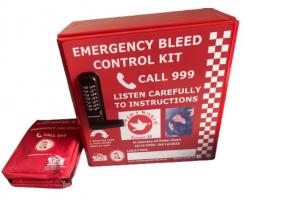Speaker Meeting, 6.15 for 6.30pm
Mon, Mar 19th 2018 at 6:15 pm - 8:00 pm
Speaker: Andrew McKendrick
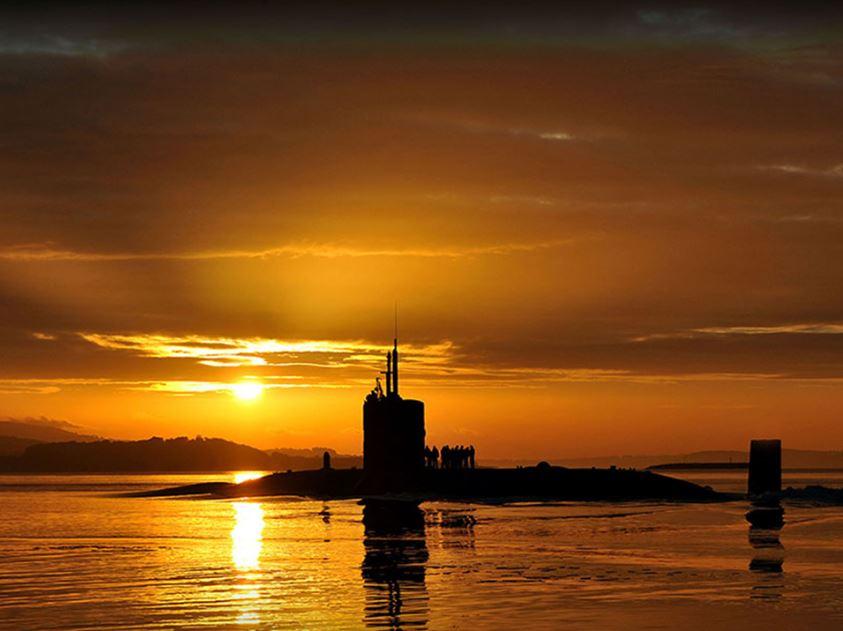
Club members please log in for more information.
Retired Royal Navy Commander Andrew McKendrick began with a rebuke for the Club’s Webmaster. “On your website you have put a picture of a Russian submarine against my name!”
[Webmaster's note: The offending picture was deleted with haste and replaced with a glorious one that is most definitely of HMS Turbulent. I know it is because it was supplied by the Commander himself].
Commander McKendrick joined the Navy in 1980 and “for more than 30 years messed around in submarines.” Passionate about them he was one of only a small number of Sub Commanders when he took charge of HMS Turbulent, a Trafalgar class submarine. During his command HMS Turbulent served a 10-month mission in the 2003 Iraq war and many Tomahawk missiles were launched.
(See extract from the Daily Telegraph below)
He said there are three rules for submariners –
1. Make sure the number of surfaces is equal to the number of dives.
2. Never cheat and rarely lie.
3. Be pedantic to a fault.
On returning home from successful missions it’s customary for submarines to fly The Jolly Roger. It came about in World War I following comments by the First Sea Lord who said that submarines were "underhanded, unfair, and damned un-English and that the personnel should be hanged as pirates”.
But it was during WW1 that subs started to come into their own although in fact they go back much further in time. In the American Civil War the Confederate navy used one to sink a Union warship but in the aftermath the sub also perished on account of it being too close to the exploding torpedo.
It’s different today. Torpedoes can be fired up to 30 miles from the target and speed towards it at 60 knots. Battleships might have thick steel armour and big guns but subs are much more fearsome as they are unseen and silent. “Being underwater is the ultimate form of camouflage.” Not only can they fire missiles but they can also go and “watch stuff”. “As to what stuff” Andrew said “I’ll leave that to your imagination.” And that reminded him of a fourth rule for submariners – Don’t get caught.
The big game changer for subs was nuclear power. It meant they could stay underwater for months on end, go faster and generate lots of electricity. The nuclear deterrent was switched from the RAF to the Royal Navy. HM's Naval Base at Faslane is the home for Britain's nuclear subs and stocks of Trident missiles are held nearby. Ever since 1969 Britain has had an armed nuclear submarine at sea on a constant basis.
The USA, France and Russia also have nuclear submarines and China and India are trying hard to get some. HMS Turbulent was built in Barrow-in-Furness and commissioned in 1984. Originally intended for hunting down Soviet missile subs she spent more time on intelligence gathering missions and landing commando units. She was decommissioned in 2012. There were 23 vessels in the Royal Navy’s submarine fleet when Andrew joined it in 1983. By 2020 there will be 11.
Andrew left the Navy 2 years ago and is now a civil servant. He is an eloquent and amusing speaker and Peter Hinton thanked him on behalf of the members for a most interesting talk.
Extract from the Daily Telegraph 16 Apr 2003
The first Royal Navy vessel to return from the war in Iraq has arrived at her home port. HMS Turbulent, a nuclear-powered attack submarine, entered Plymouth Sound at about 8am today at the end of a 10-month deployment. The Trafalgar-class vessel left Devonport Naval Base, Plymouth, last June for operations in the Far East. In the New Year she was deployed to join coalition forces in the Gulf, where she played a pivotal role in destroying Iraqi military and regime targets with Tomahawk land attack missiles.
Commanding Officer, Commander Andrew McKendrick, today said it was the first time he or HMS Turbulent had fired a Tomahawk missile. "It is the ultimate test of our ability and our professionalism. Everybody is aware that this is a warship. To be called forward to deploy our armament is the ultimate test," he said. "It has been used operationally before in Kosovo and Afghanistan. It is a proven weapon system, but it was our first time of firing the missile."
Commander McKendrick said the ship's crew had been rotated during deployment to allow visits home. Just nine crew members - including the Commanding Officer - have remained with Turbulent for her full 10 months at sea.
'What We Do' Main Pages:
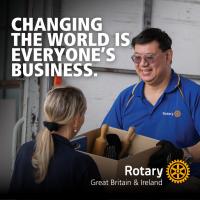
Corporate Membership enables small, medium and large businesses to join Rotary. Corporate Membership gives a company a unique platform for service, networking and professional and personal growth, rooted within the local community
more
Will you join our 250-Club lottery? We have run it for more than 25 years and in that time it has raised tens of thousands of Pounds for charity
more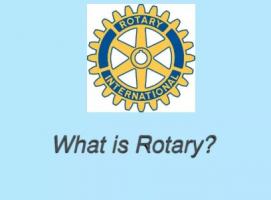
Rotary is one of the largest and most successful global membership and humanitarian service organisations in the world. It has 1.4 million members in over 200 countries.
more
We make another donation to the charity which provides emergency shelter and assistance when disasters strike
more
A Partner Club is a Rotary club that supports ShelterBox's work in disaster relief by donating over £2,000 in a Rotary year
more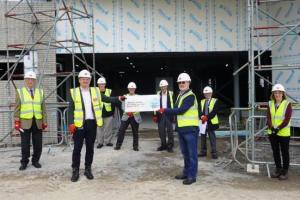
Rotary’s second major donation, of £208,000, was handed over on 7th July 2021 when local Rotarians visited the Great Western Hospital to view the build progress of the nearly completed radiotherapy unit.
more
Brighter Futures launched their Radiotherapy Appeal in 2015. Today, 7 years later, a ribbon cutting ceremony has taken place at the Great Western Hospital
more
Rotarian Terry Williams' remarkable and unique fund raising effort, living in a ShelterBox emergency tent for a week in the Market Place, Highworth
more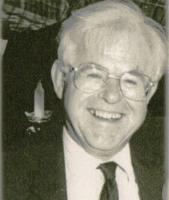
Sadly, Michael Bran, the last surviving Founder Member of the Rotary Club of North Wiltshire, the origin of the Club now called the Rotary Club of Swindon North and Thamesdown, passed away on 27 April 2025.
more